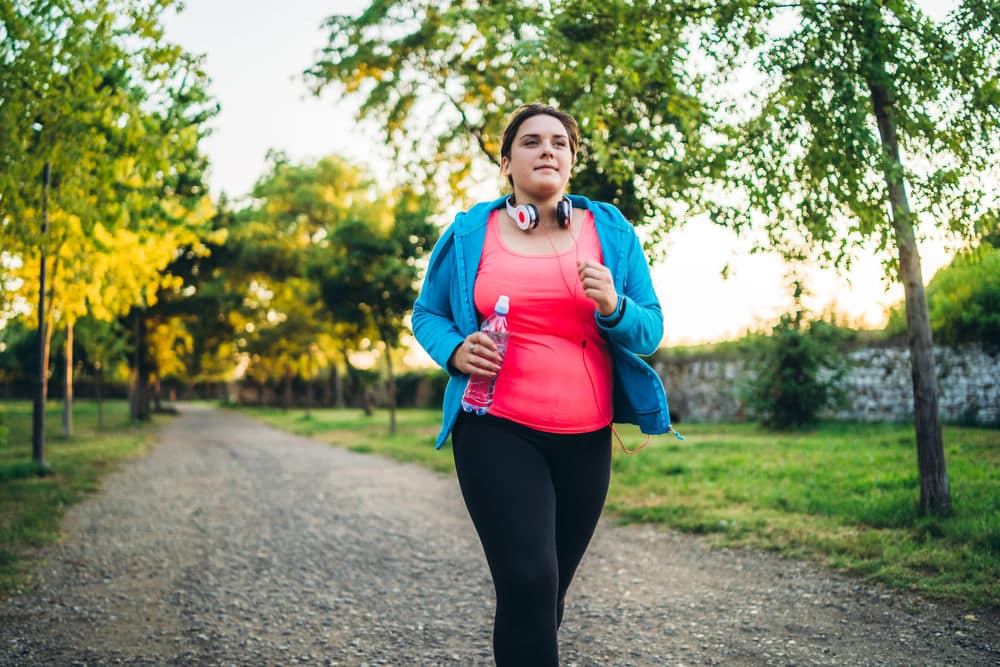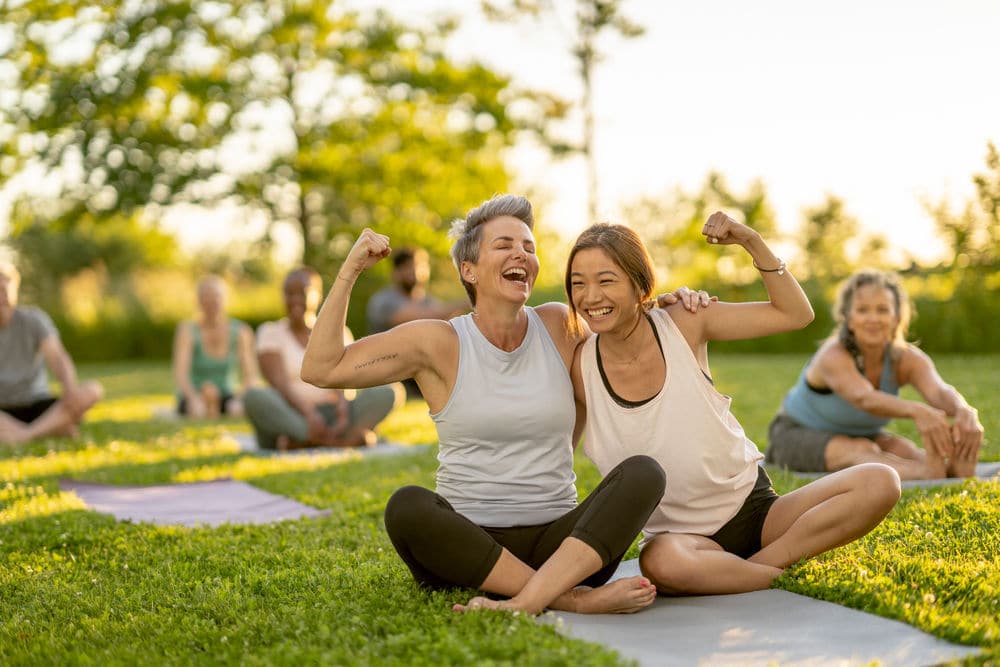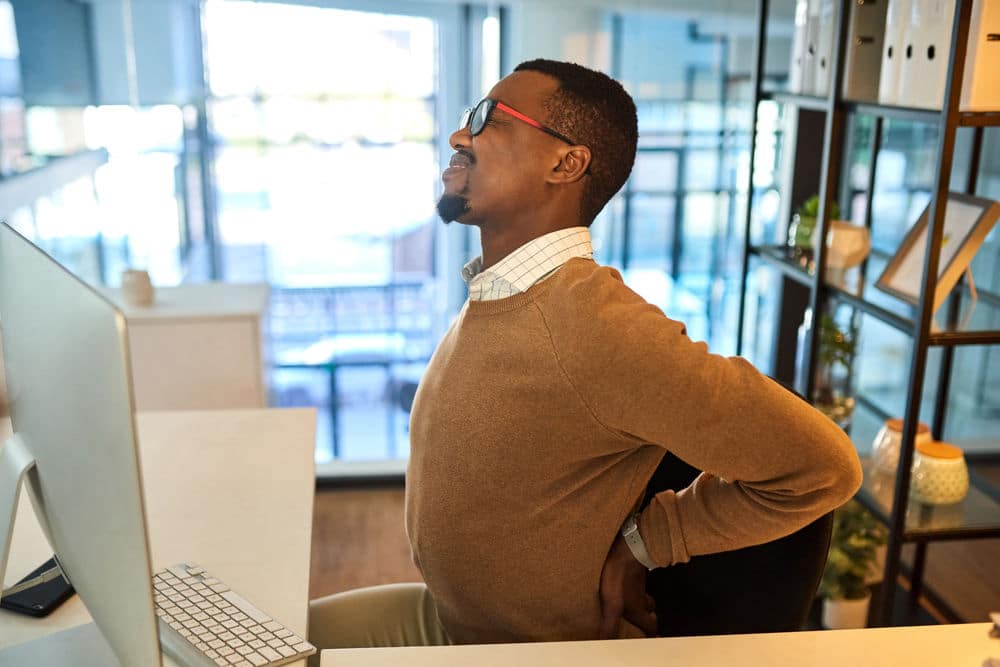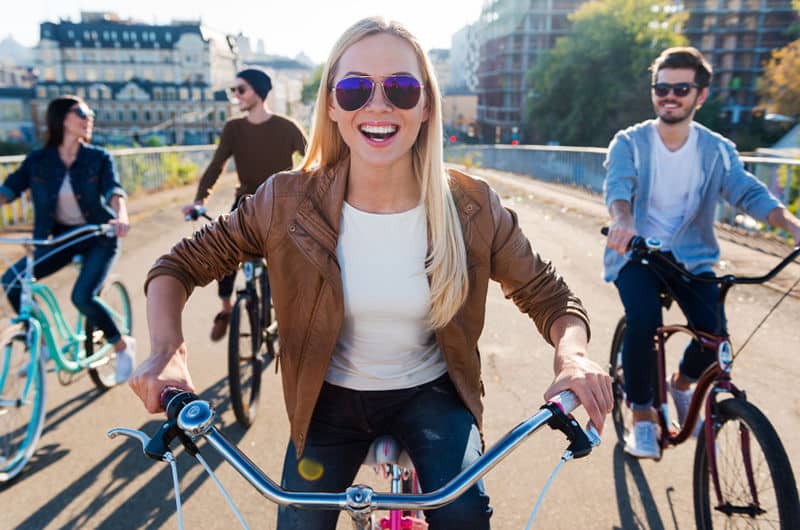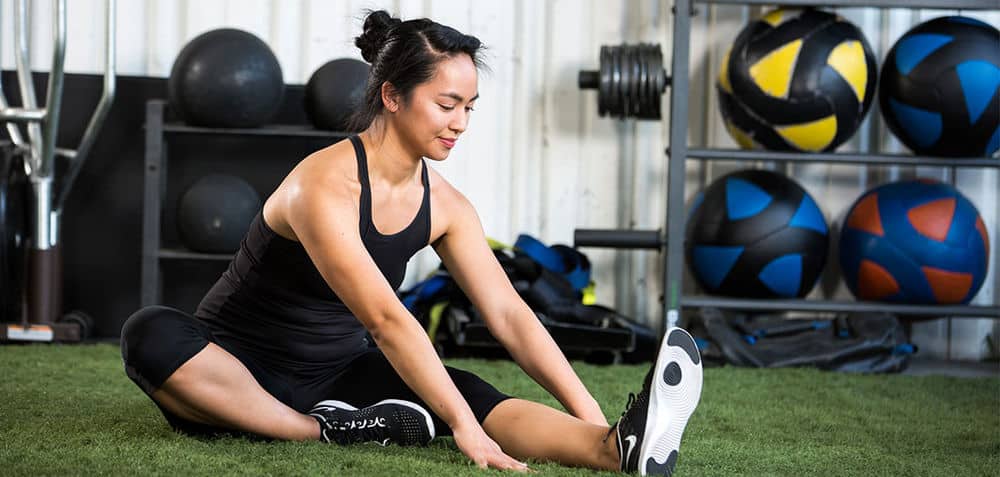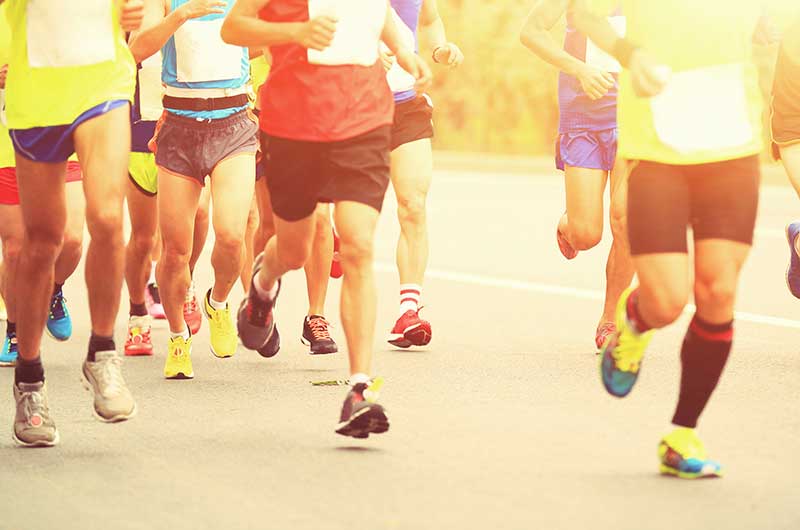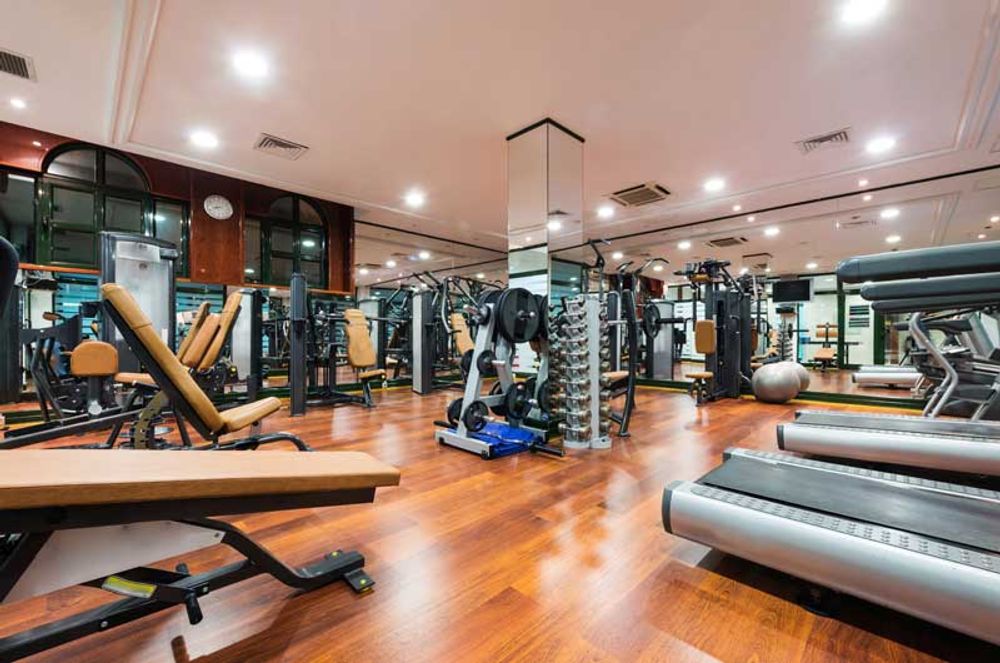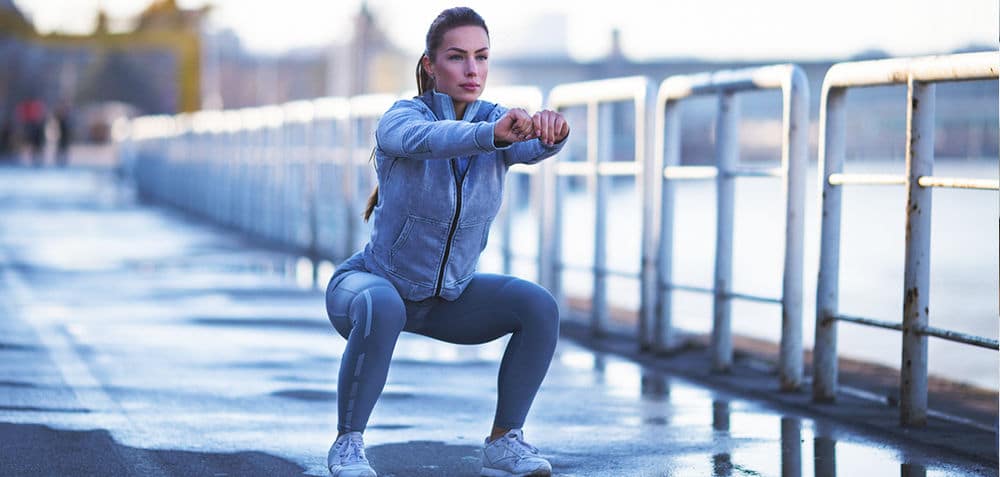All over the world, masking guidelines and laws proceed to evolve. As gyms open and shut or capability limits lower, people have to proceed to be cautious and respectful of others. Thankfully, analysis means that it’s secure for wholesome people to put on a masks whereas exercising whereas lowering the danger of contracting or transmitting COVID-19. Basically, it is suggested that people begin exercising at a decrease depth to get used to carrying a face protecting earlier than returning to common ranges of depth.
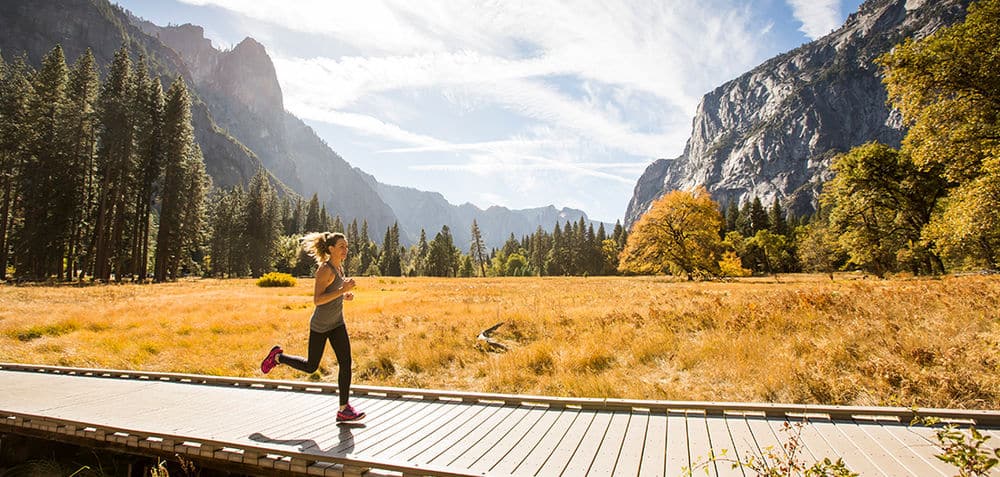
In a single research, topics perceived to have much less airflow whereas carrying a masks throughout train, however the knowledge confirmed no distinction in blood, tissue or muscle oxygenation ranges. This can be brought on by psychological components equivalent to feeling claustrophobic or pondering there could be a decreased airflow and due to this fact their score of perceived exertion (RPE) was greater.
After we breathe, communicate, cough, or sneeze, particles are discharged into the air. The dimensions, velocity, and trajectory of those particles varies throughout train, as you’re utilizing your lungs extra forcefully to breathe in and out. Present analysis has demonstrated that carrying a masks not solely helps shield others however helps shield the wearer, too. Though a single layer of material is healthier than nothing, a number of layers with greater thread counts confirmed considerably higher outcomes, even with particles smaller than 1 micron.
Researchers advocate that folks put on masks indoors whereas exercising, particularly when individuals could also be respiration extra forcefully attributable to vigorous train. If a masks or face protecting will get moist with respirations droplets or sweat, it’s a good suggestion to have a dry alternative or strive utilizing extra sweat-resistant masks. Masks which might be made out of polyester or silk are extra sweat resistant in comparison with surgical masks, which are likely to disintegrate once they get moist or sweaty.
When to put on a masks:
- All the time when inside until you’re by your self or in your house
- Outdoors if others will probably be inside 6-10 ft of you, however it’s possible you’ll pull it down when the world has cleared
Well being/security issues when carrying a masks:
- Potential elevated coronary heart price
- Potential elevated respiration price
- Potential headache
- Potential dizziness/lightheadedness
Well being/security issues when NOT carrying a masks:
- Contracting COVID-19
- Spreading the virus (with or with out being symptomatic)
- Different extreme diseases
People with continual ailments ought to train alone in their very own properties and not using a masks and with supervision, if crucial. Those that have comorbidities and take part in train needs to be conscious that face coverings might improve the physique’s physiological responses. It’s finest to begin off at a decrease depth and regularly improve the depth, presumably over a few months. Staying lively is vital however staying secure is paramount.
Conclusion
Embracing common masking insurance policies in health amenities might help keep away from future lockdowns, particularly when these insurance policies are mixed with different interventions equivalent to social distancing, frequent handwashing and efficient air flow techniques. Sporting masks also can make others really feel extra snug being again in public train areas. In fact, as virologist Paul Digard of the College of Edinburgh notes, “Masks work, however they aren’t infallible… due to this fact, preserve your distance.”




